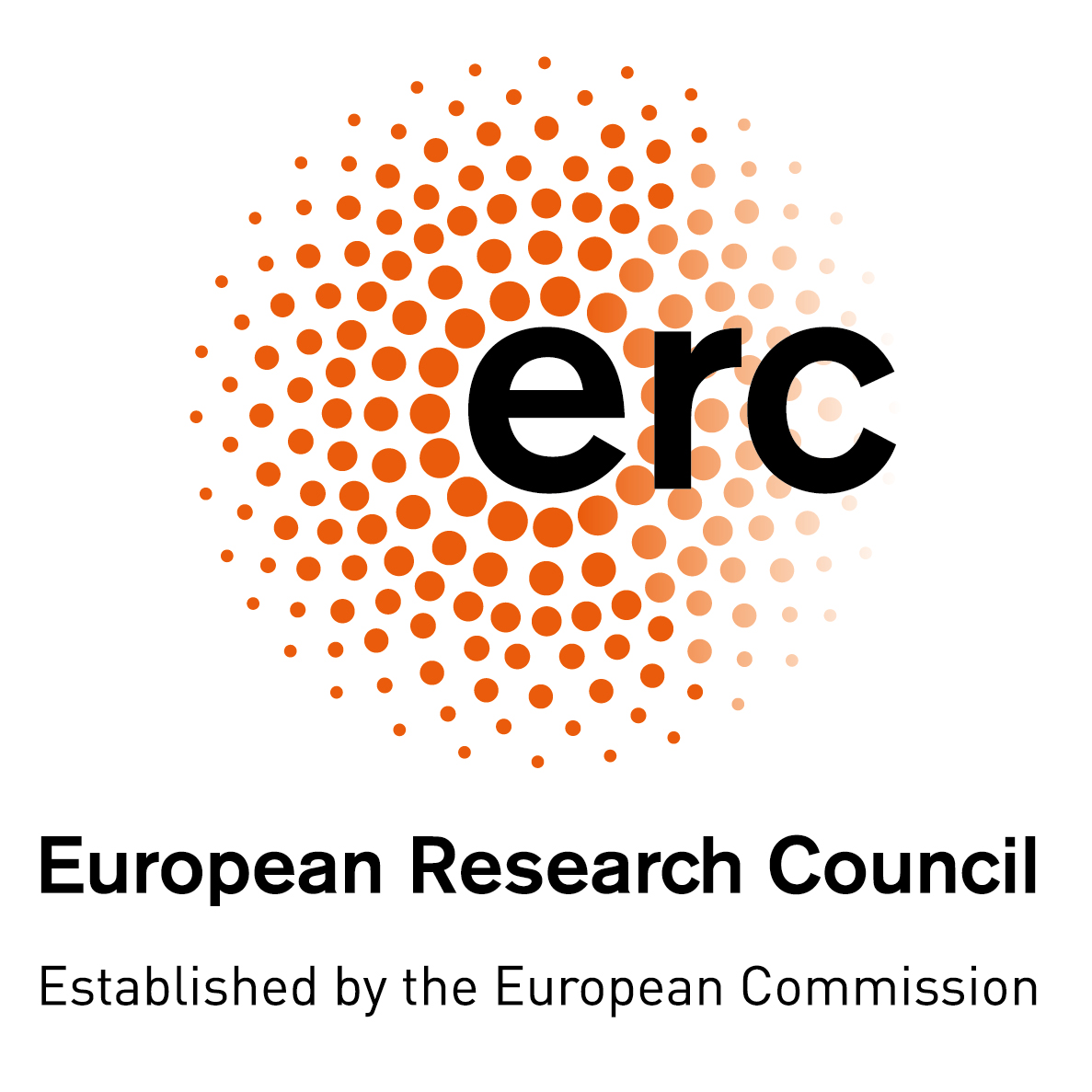

-
Natural sciences
- Climatology
- Meteorology
- Climate change
- Natural hazards
- Surface water hydrology
Heatwaves and droughts are becoming synchronized. In our warmer world, soils dry faster, heating up the air even further. These compound dry–hot events propagate like a wildfire: the drying upwind can trigger heat stress episodes on populations located hundreds of kilometers downwind. What are the physical mechanisms that drive these compound events and cause heat stress episodes on societies? Can we forecast these episodes weeks-to-months in advance using recent technological progress? Can intelligent land management attenuate the intensity and frequency of future events?
In HEAT, Diego Miralles and his team will aim to answer these questions. This will be achieved through a combination of satellite data, physics-driven atmospheric models, artificial intelligence, and state-of-the-art climate model simulations. Altogether, HEAT will enhance preparedness and resilience against extreme hot and dry events by providing accurate seasonal forecasts, novel mechanistic understanding, and land management strategies to mitigate future events and their impact on societies.